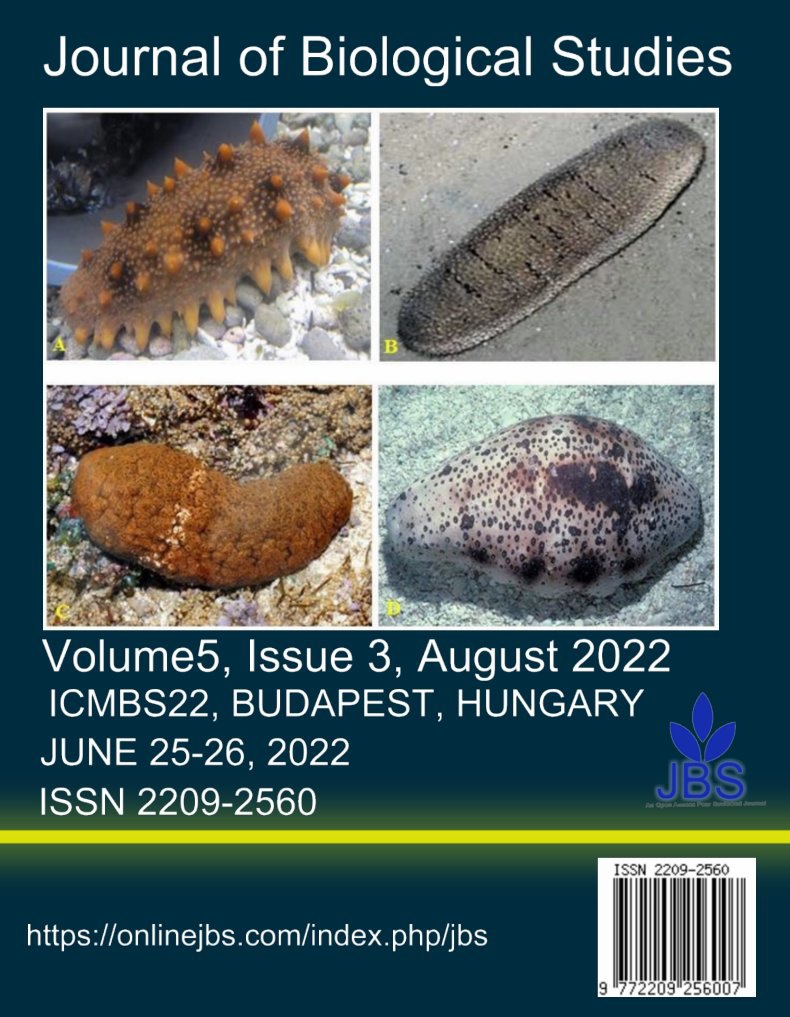Sex steroid hormones and insulin sensitivity: the role of KATP sensitive channels
Main Article Content
Abstract
The Association of sex steroid hormones and insulin secretion has been reported in a number of studies, however, the mechanism behind the effects of sex steroid hormones on insulin secretion is still unclear. The present study investigated the effects of KATP sensitive channels blocker (verapamil) or opener (diazoxide) on insulin sensitivity in male and female rats. In this experimental-laboratory study, rats were divided to control (no treatment) and gonadectomized male and female rats, and male rats treated with testosterone enanthate, diazoxide and veramapil, and female rats treated with estradiol valerate, progesterone, diazoxide and veramapil. Serum glucose and insulin level were measured 4 weeks after surgery or treatment. Data were analyzed by one-way analysis of variance (ANOVA). Ttestosterone, verapamil, and co-administration of testosterone and verapamil resulted in a significant decrease in insulin sensitivity in male rats. Treatment of female rats with progesterone, diazoxide, and co-administration of progesterone and diazoxide or verapamil, led to a significant increase in insulin sensitivity, however, estradiol and verapamil treatment resulted in a significant decrease in insulin sensitivity. Our findings indicated that testosterone and estradiol were insulin sensitivity reducers and progesterone was an insulin sensitivity enhancer in rats. Despite progesterone, testosterone did not significantly affect KATP channels blocker (verapamil) or opener (diazoxide) action on insulin sensitivity.
Article Details

This work is licensed under a Creative Commons Attribution 4.0 International License.
